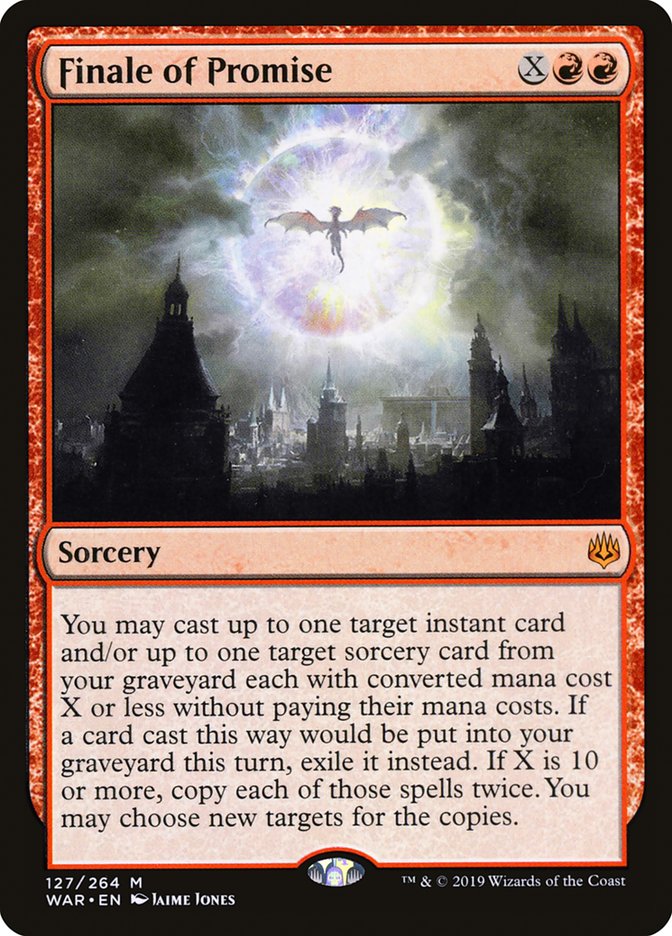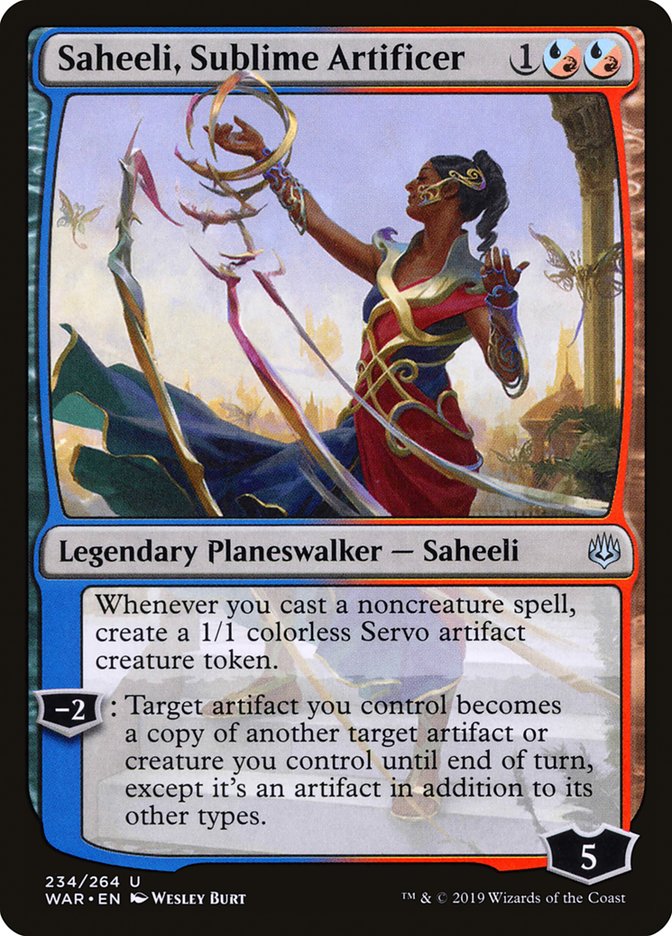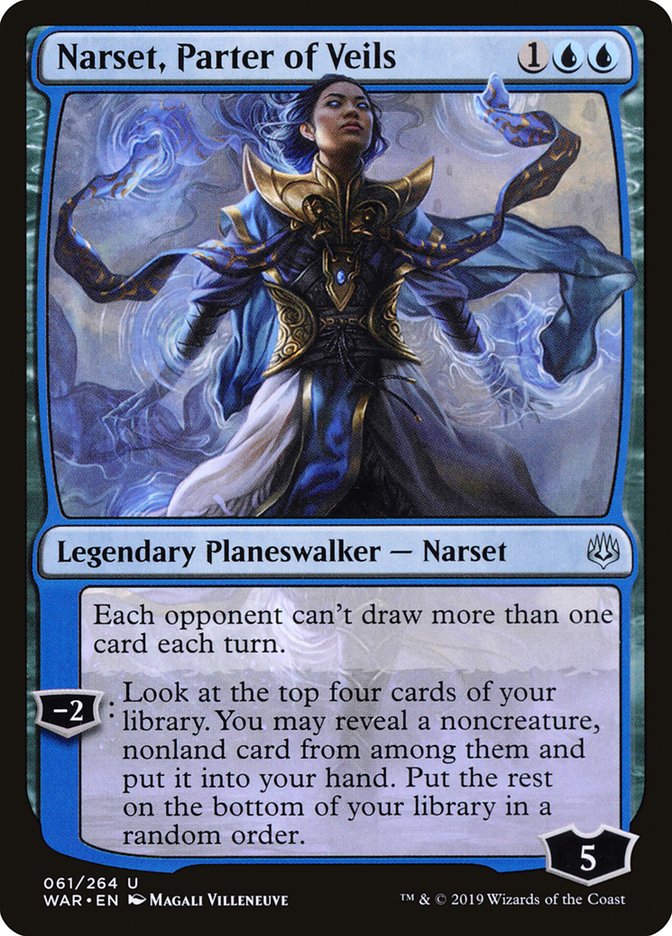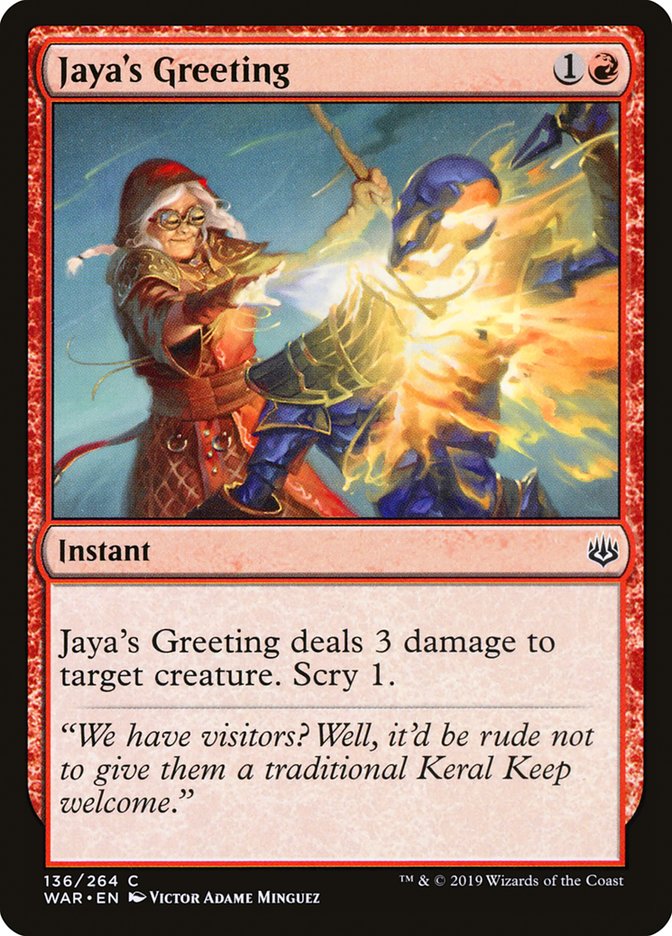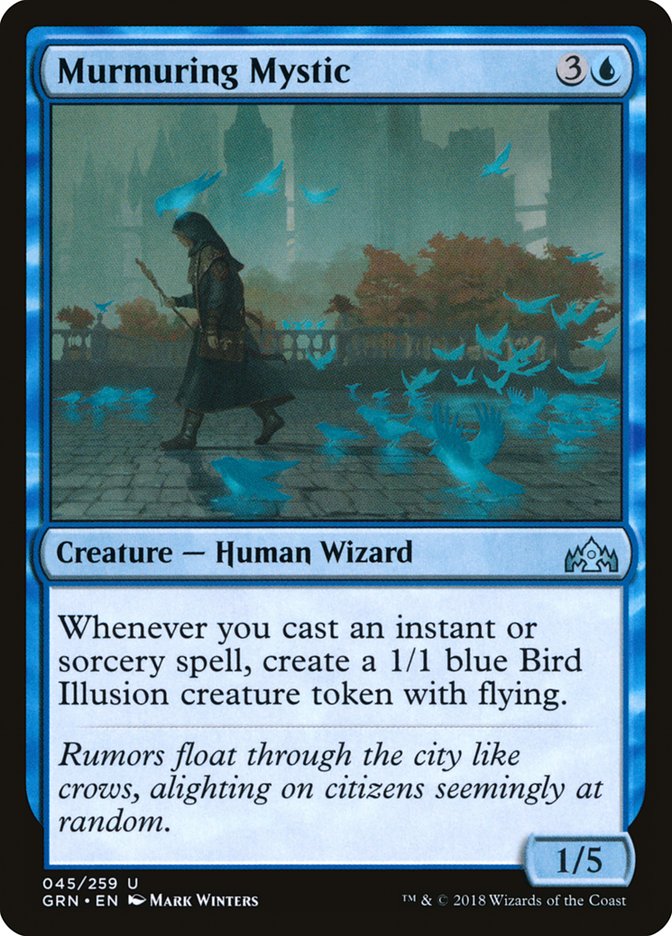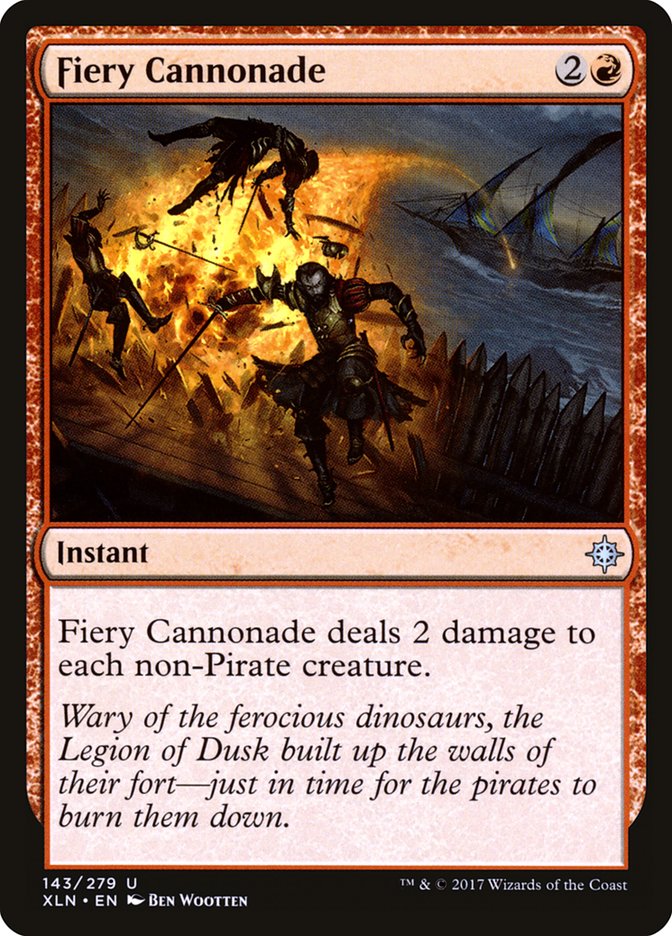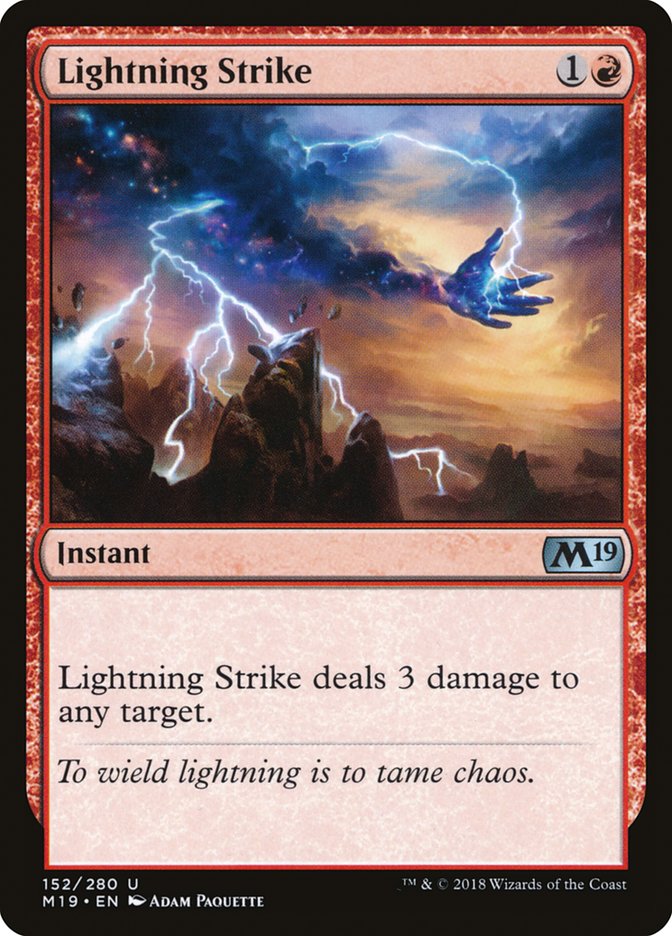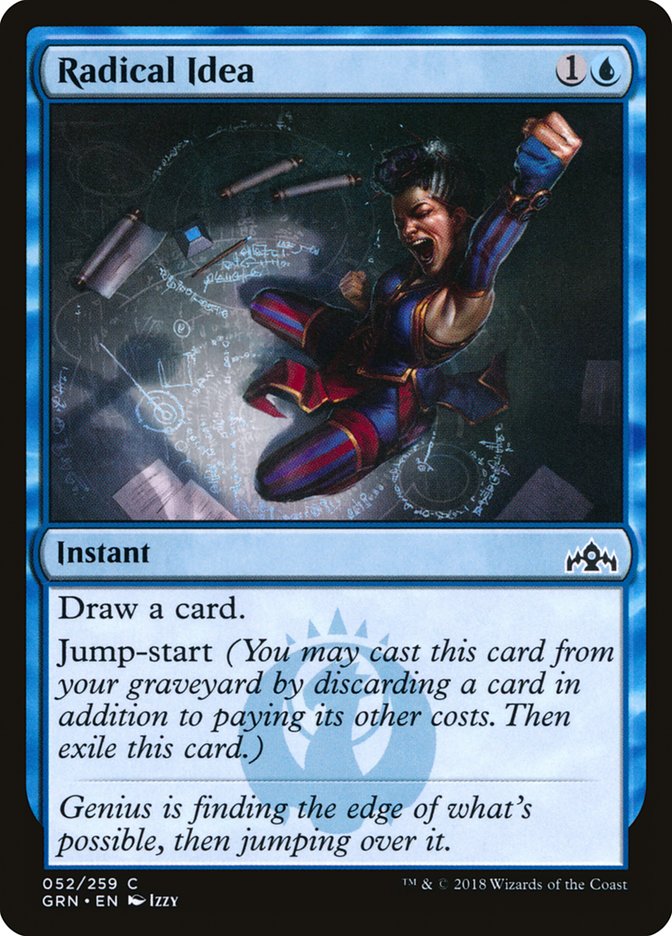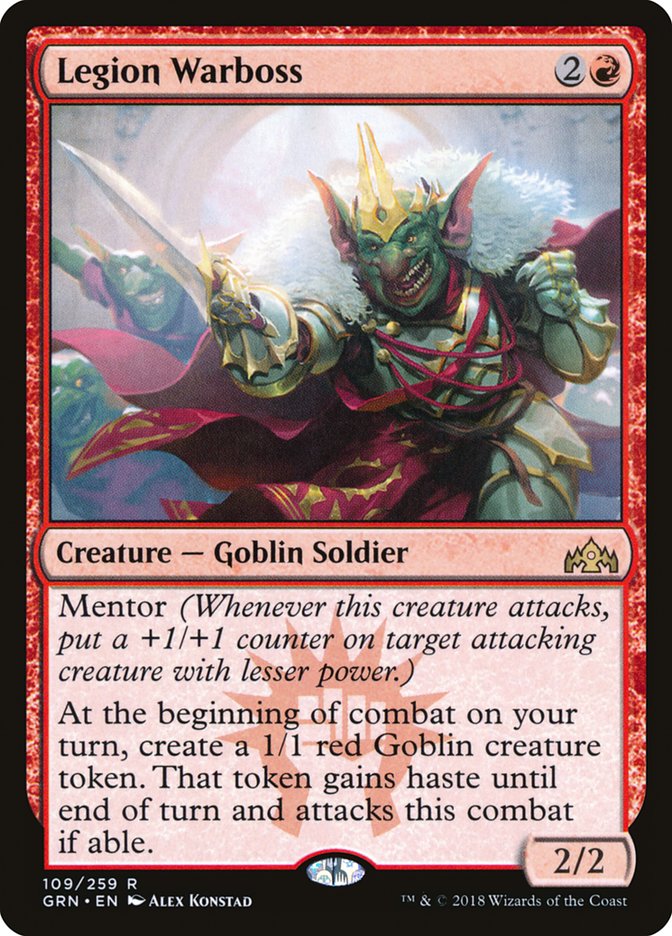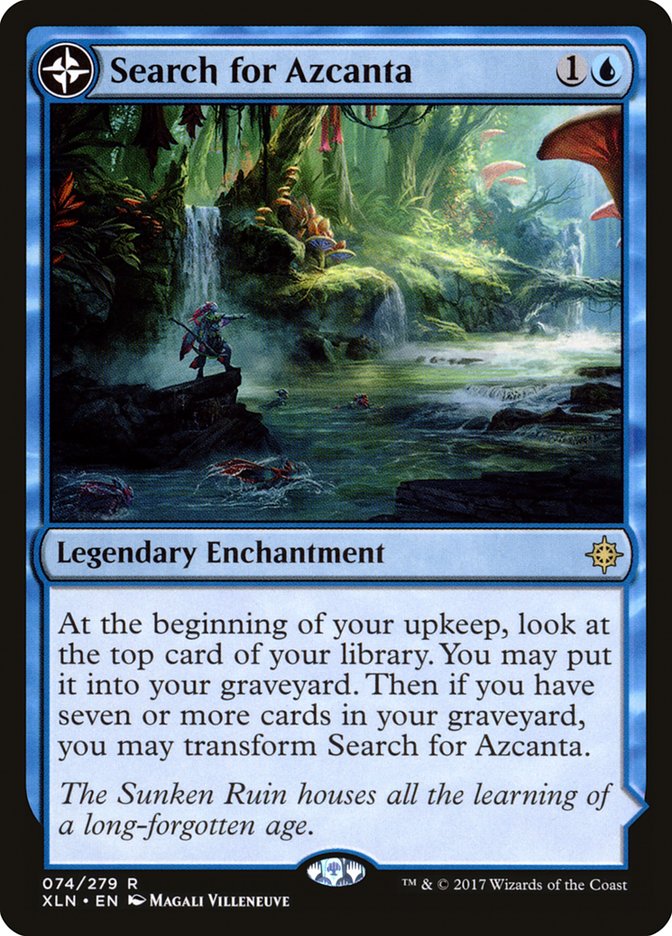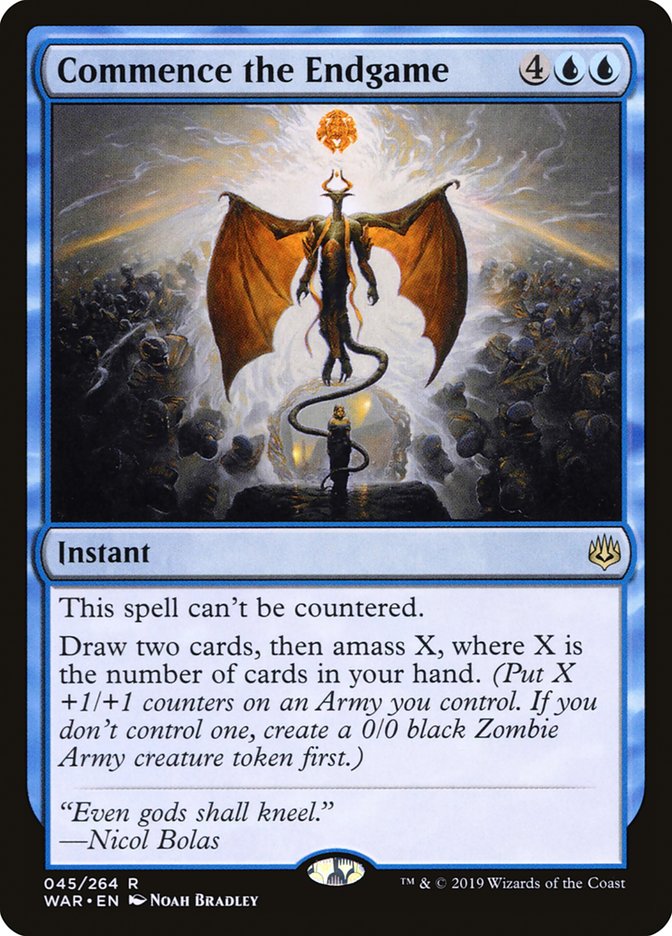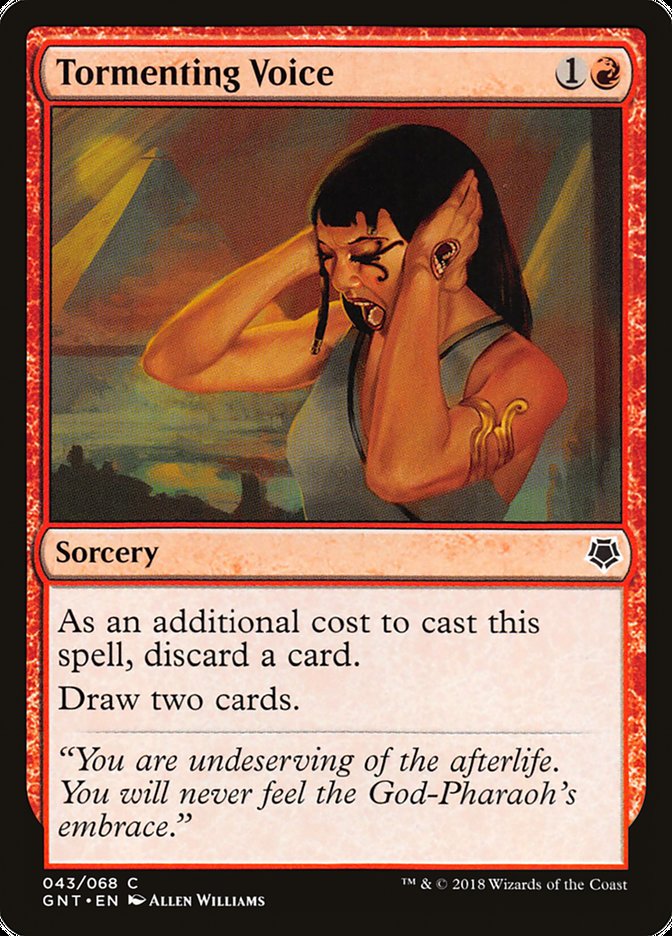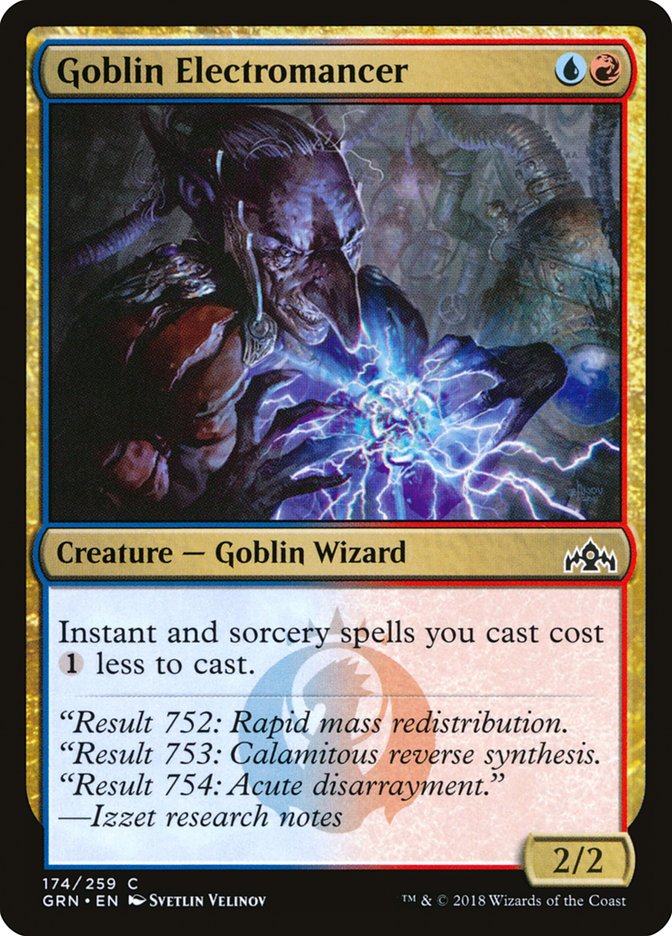The last two weekends have been pretty exciting for Standard. With War of the Spark finally released into the real world as well as the digital realm, we get to see what these new cards can do. And at this stage of Standard, it is usually pretty difficult to have the set released have a major impact. Usually at this juncture, Standard is gigantic, and most decks are set in their ways. With that said, sometimes the spring set breathes new life into the Standard format, and War of the Spark has done exactly that.
Nearly every established deck in Standard got some new toys, including one of my favorite decks: Izzet Phoenix. In the last eight months or so since Guilds of Ravnica was released, we’ve seen decks from nearly every color combination, and even multiple archetypes within some of the more popular guilds. Izzet spawned a deck revolving around Enigma Drake and Crackling Drake, as well as a build that focused on Goblin Electromancer and casting a lot of spells in the same turn to bring back Arclight Phoenix. And with the fluctuation of Standard, each iteration would become the dominant deck in Izzet based on their play patterns. When spot removal is heavy and games go long, Arclight Phoenix is significantly better than Enigma Drake. When Spell Pierce or Dive Down is good, Drakes is usually the go-to. But on occasion, a card comes along and pushes one choice head and shoulders above the others.
I like to compare Finale of Promise to Bloodbraid Elf, in that it costs four mana and generates some amount of card advantage while potentially having a lasting effect on the battlefield. Killing a creature while casting a Chart a Course to discard Arclight Phoenix is pretty damn good. On top of that, you’re also actually casting those spells, so it triggers Arclight Phoenix by itself.
I wasn’t sold on it at first, but I think that’s because I just didn’t have enough reps with the card. But the more I play with it, the more I’m coming to understand just how busted it is. Right now, the deck has a healthy mix of instants and sorceries, and it needs to stay that way if you want to get full value out of Finale of Promise.
But the real wake-up call came from the Magic Online MCQ a few weeks ago. Schiaveto won with Izzet Phoenix featuring Finale of Promise, and I’ve been pretty stuck on it ever since. Over the last week and a half, the deck has gone through some significant changes, including another win from JMM, an established player who’s also playing in the MOCS this weekend. I myself played a version in an MCQ this past Saturday, putting up a 6-2 record, and my results on Magic Arena have been stellar.
Each list has its strengths and weaknesses, and today we’re going to go over them, as well as the finalized list I’m going to recommend for
Creatures (12)
Planeswalkers (1)
Lands (21)
Spells (26)

First of all, let me just say that this particular list has a lot of great stuff going on, and is the original list that I’ve pulled from over the last week and change. Saheeli, Sublime Artificer is great in small or medium numbers, giving you some traction while you’re casting all these dig spells. However, it isn’t all that easy to protect, since you need four mana or more when casting it to generate some blockers. A well-timed haste creature like Gruul Spellbreaker is often going to be enough to finish off Saheeli when combined with something simple like a Growth-Chamber Guardian or Merfolk Branchwalker.
But against control, Saheeli, Sublime Artificer is a great threat because it forces your opponent to have a sweeper every few turns or have an immediate removal spell for your planeswalker. And after sideboard, you get to hit control opponents with two different three-mana planeswalkers, both of which are incredibly difficult for them to beat.
I was immensely impressed by Narset, Parter of Veils the first time I cast it. Against aggro decks, it doesn’t do much of anything, but it is absolutely one of the most powerful things you can cast against a control or midrange opponent. In a lot of ways, it functions like a Dig Through Time, where one copy will regularly find another. And while you can only take noncreature spells, it was rare that you’d be taking lands or creatures with Dig Through Time anyway.
The static effect of Narset is also incredible in the mirror, giving you a threat that invalidates about half the spells in your opponent’s deck. I know it’s great in the mirror because my opponents regularly cast Narset against me and it’s really annoying!
Regardless, there’s a lot to like about this list, and it ultimately pushed me toward the following version I ended up playing at a local MCQ this past weekend.
Creatures (12)
Planeswalkers (3)
Lands (21)
Spells (24)

This version was likely a little heavy on Saheeli. I knew it was good, but three just felt like one too many. Against control, the third was wanted, as your opponent would counter, kill, or discard your Saheeli early on. But against other decks, you couldn’t really afford to have so many clunky three-mana spells that don’t have an immediate impact on the game.
Finale of Promise felt busted, so I wanted a third, but I also was afraid it would lead to me drawing too many in the early turns, so I sideboarded the third for matchups where my opponents would be stripping me of them, or I didn’t quite have time. What I failed to realize until a few rounds in was that Finale of Promise was just the best top-end spell in virtually every matchup. It often draws three cards, one of which is an Opt. It regularly gives you an extra “loot” effect to put an Arclight Phoenix from your hand into the graveyard, while also conveniently casting three spells to put it back onto the battlefield.
I liked having a few extra removal spells in the sideboard, and Jaya’s Greeting felt pretty good in testing. If your opponent is playing a bunch of small-to-medium creatures, killing something and helping smooth out your draw is excellent. But the more matches I played, the more I wished I had regular burn spells to interact with opposing planeswalkers. And I think people are finally starting to realize just how good some of these three-mana planeswalkers are.
Murmuring Mystic was great, but I’m not sure it’s better than just loading up on Saheeli. They do virtually the same thing in the same types of matchups, but Saheeli is just a little cheaper.
While Fiery Cannonade might be some amount of overkill, it’s nice having some way to sweep up History of Benalia without using a ton of resources. But the more I play the deck, the more I just want a bunch of Shock effects, so Shivan Fire in reasonable numbers might be a solid sideboard option. Or, potentially, a combination of those types of effects.
Creatures (13)
Lands (21)
Spells (26)

This version felt very strong against aggressive decks, as Augur of Bolas gives you some early defense without sacrificing too much. Unfortunately, Augur of Bolas doesn’t work well with planeswalkers, so you won’t see any of them in this particular list. Adding Augur of Bolas also gives you a lower overall curve, as well as two more total threats to turn on Chart a Course in the early turns.
It’s important to diversify your removal spells and give yourself more ways to interact with opposing planeswalkers. Lightning Strike has been solid, as it also gives you bigger damage burst potential with Finale of Promise.
I don’t need a reason to trim on these, but every time I do I end up missing them just a little bit. Three felt like a fine number, but I think two is where I’m going to land at eventually. This deck is incredibly fragile in that if you make a change, it could have lasting implications for multiple cards in your deck. Not enough Radical Idea? Arclight Phoenix and Goblin Electromancer get a bit worse. Cut a sorcery? Finale of Promise might not have a second target on a crucial turn!
This aspect of the deck comes up a lot more in sideboarding than it does in normal deckbuilding, as a lot of the potential of Finale of Promise lies within reusing your removal spells. And if you’re playing against control, you might just want to leave all of them in.
Legion Warboss is the go-to threat in the sideboard, but there are a lot of anti-control pieces to choose from. Search for Azcanta and Commence the Endgame might seem a bit out of place, but both have felt really good. They don’t necessarily all work well together, but they each hit your opponent from a different angle, putting them in awkward positions where their answers don’t line up against all your threats.
With planeswalkers seeing a lot of play in the format, Niv-Mizzet, Parun has also lost a lot of its luster, so diversifying that threat spot in the sideboard makes sense. The instant-speed nature of Commence the Endgame could potentially help you knock off an opposing planeswalker, plus it regularly costs less than six mana thanks to Goblin Electromancer. You can also find it off Augur of Bolas!
Lastly, here’s the final list I recommend for this weekend. Taking into account all three of the previous lists, as well as three dozen matches played across all the versions, this amalgamation is the best I’ve been able to produce with everything that I’ve learned.
Creatures (11)
Planeswalkers (2)
Lands (21)
Spells (26)

Some notes:
- The three-two split of Lava Coil and Lightning Strike in the maindeck gives you a reasonable amount of reach against control decks or opposing planeswalkers. Loading up on Lava Coil means you might not be able to kill an opposing Narset. The same can be said about having answers to four-toughness creatures or threats that need to be exiled.
- The three-one split of Goblin Electromancer and Augur of Bolas (with the second Augur in the sideboard) is because the second Goblin Electromancer is always pretty bad. If your opponent is playing a deck that easily kills Goblin Electromancer (think Shock), it’s usually a mediocre draw at all points of the game. And if you’re playing against a deck where Goblin Electromancer shines, the second one is always worse than an Augur of Bolas. While playing the three-three version, I felt like there were just a few too many creatures and not enough hits on Augur of Bolas. Though I could definitely see a potential three-two split.
- I love Narset in just about every matchup where your opponent isn’t casting a one-mana creature. It’s just absurd, and I won’t be playing less than two copies in any blue-heavy deck I play in the near future. If red and white aggro weren’t major players, I would be playing four in every single blue maindeck.
- Spell Pierce and Negate are pretty bad with Finale of Promise, but you just need these to fend off all those planeswalker decks that are running around. If you watched VS Live! this past Tuesday, you should have seen just how backbreaking a single counterspell was at any given time. I just don’t want to play any in the maindeck because they’re pretty bad when you’re behind, and also mediocre against the aggro decks. One of my losses in the MCQ was to Simic Nexus, which has traditionally been a poor matchup because you don’t have a lot of interaction.
Because I hoped Teferi, Time Raveler would see more play, I assumed no one would be playing Simic Nexus in the tournament. As far as I know, he was the only pilot, and beat me handily. But with a few pieces of interaction, I’ve beaten it the last two times I’ve played against it, mostly because the tempo swing of a single Negate or Spell Pierce in the right spot is backbreaking.
- Discovery doesn’t “work” with Finale of Promise, but it’s still one of the better dig spells you have access to. I’ve shifted between zero and two copies as recently as today, and I’m still not positive if I want to play any at all.
As far as sideboarding is concerned, here are the first spells on the chopping block:
Against Aggro
This card is slow, and you often don’t have time to cast it once, let alone twice, against an aggressive opponent.
Even though you’re cutting most of your Phoenix enablers, you won’t be doing Phoenix tricks much in this matchup. Your Goblin Electromancer dies often, and you need to cast removal spells in the first few turns to survive. Chart a Course should be your only “loot” effect left after sideboard.
This little creature is great against aggressive white decks, but awful against Mono-Red. Bring in the other Augur of Bolas but cut Electromancer.
Depending on the opponent, you might be able to sideboard into an almost pure control deck. In that case, feel free to cut Arclight Phoenix, and especially so if you’re cutting all the enablers besides Chart a Course. This move is drastic but often correct.
Against Midrange
Depending on the opponent, you might want to trim some removal, but there’s no one “right way” to sideboard against midrange, as they’ll often have drastic sideboard plans that completely change their role in the matchup. Plus, if you’re up against Golgari/Sultai, you don’t have a great answer to Carnage Tyrant, so sideboarding out Arclight Phoenix here would actually just get you killed. Just be aware that each midrange deck is different, and I haven’t been able to formulate specific sideboard plans just yet. If I get another week or so with the deck under my belt, I’ll be able to give you some more specific sideboard plans against these decks.
Against Control
Most of the removal can come out, but I basically never sideboard out Opt or Shock. Most control decks bring in Thief of Sanity, and Shock still kills most planeswalkers that tick down on the turn they’re cast. I also am just a big fan of cutting Radical Idea after sideboard in most matchups because it’s one of those cards that just gets worse when your deck is more streamlined. Obviously, it’s great with Phoenix and Saheeli, but I actively want all my spells and my lands after sideboard against control.
I’ve always loved a good Izzet deck, but I also know when to put them down when they’re not all that great. Izzet Drakes, for example, hasn’t been very good in quite some time, but Arclight Phoenix thoroughly smashes opposing planeswalkers. And with the format being a bit light on removal spells that exile, and your planeswalkers doubly taxing Vraska’s Contempt, Izzet Phoenix is a great choice for the current metagame. It has a solid matchup against the planeswalker-heavy deck that’s been running around lately, can be built in such a way to have a good Mono-Red matchup, and can go super long against both control and midrange opponents.
It’s just a great deck and I’m very happy with the current build. And if you’re a fan of drawing cards and killing creatures, right now is a great time to join the Izzet guild. And speaking of fellow Izzet mages, Kevin Jones will have a different look at Izzet Phoenix tomorrow, perhaps a more practical approach, so be sure to check it out. Hopefully, he’ll plug some of the holes I had in my article (namely a sideboard guide!).


